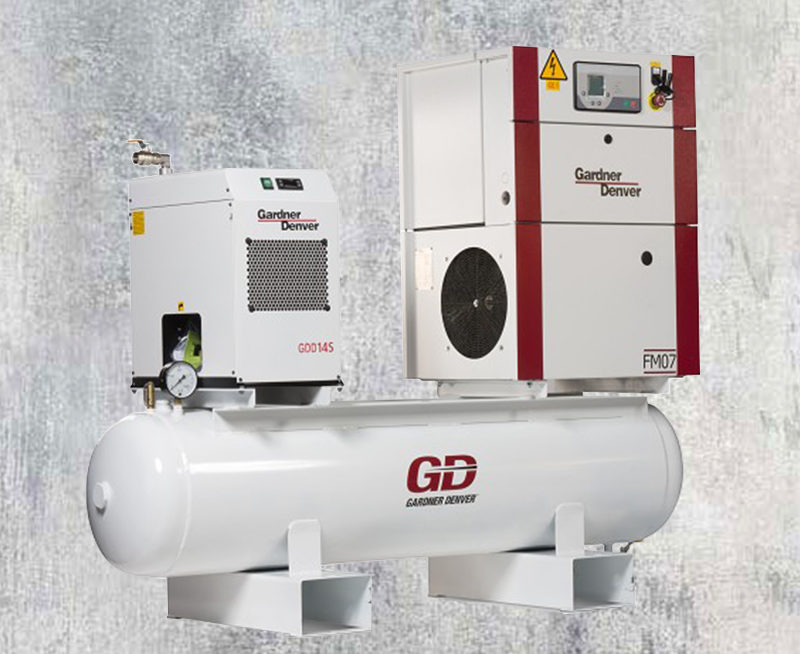Australia’s air quality is predominantly good, but when it comes to food, “good” is not completely acceptable. Even in the cleanest of air, ambient air contains unseen toxic pollutants that are possible sources of contamination; therefore, air quality for the food and beverage industry needs to be ISO 8573-1:2010 compliant (International Organization for Standardization).
According to CAGI (Compressed Air and Gas Institute) and ISO, the major contaminants in compressed air are solid particles, water, oil, and microorganisms. Government standards for food and beverage have become stringent, and with reason, for the consuming public’s protection. Companies must meet these standards through the strict implementation of company guidelines in producing high-quality compressed air. The use of pressurized air starts with the identification of the potential contaminants and hazards within your facility. You must then plan your compressed air system accordingly. High purity air is non-negotiable when it comes to food and beverage production.
Compressed air is used in the food industry to clean, sort, cut, shape, convey food, blow off dirt and particles from machines. However, these activities must be done with the utmost care and skill. Pressurized air can be hazardous to users when applied negligently. When people recklessly play with the machine and accidentally aims the nozzle at a co-worker, it can cause a break in the skin, penetrate the bloodstream and cause an air bubble which can result in an embolism. Just like any powerful equipment, thorough training needs to be conducted, and strict guidelines need to be implemented for all users to avoid accidents on the shop floor.
Now, here are some of the uses and applications of pressurized air in the food industry:
- Production line
In sorting, compressed air is used to separate materials based on weight. And in yogurt production, the air pushes the flavors to mix with uncultured yogurt. It also provides the oxygen for the product while the yogurt undergoes culturing. The pressurized air also helps to push the fillings into pie crusts and other stuffed pastries.
- Air knife
In a production line, high velocity compressed air passing through air knives are used to cool off products, blows off water from products for quick drying after washing or rinsing (bottles, cans, or vegetables), blows off crumbs and excess sugar from bakery products to avoid burnt end-products, dry products before inkjet labeling, removes water or particles from product surfaces prior packing, cutting and peeling fruits and vegetables.
- Air curtain
Compressed-air powered air curtains are placed over doors to separate two rooms of different environments, eliminating the inflow of external air and prevents the outflow of indoor air while providing an unobstructed flow of traffic. Air curtain promotes a clean environment by preventing insects and other pollutants from entering your facility. The constant opening and closing of doors put a strain on your heating or cooling systems, increasing your energy cost. With an efficient air curtain, you will drastically reduce the heat loss and unwanted cold air from doorways.
- Form-Fill-Seal (FFS)
High-purity air is crucial in producing compressed air for all applications, especially for the Form-fill-seal packing system. The air must be contaminant-free because of its direct contact with the packed food. The pneumatic system is the preferred system than hydraulic because of the possibility of oil leaks in hydraulics.
These are just some of the applications of compressed air for the food and beverage industry. Call us now and learn more about the other applications of this valuable utility. We will teach you how you can maximize it and how to minimize the cost of your operation.



